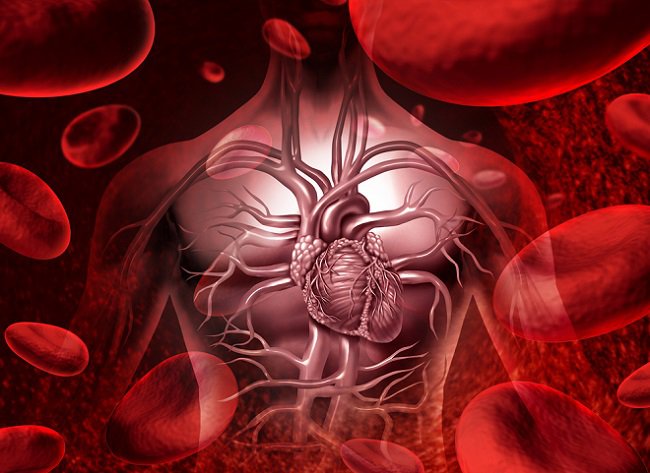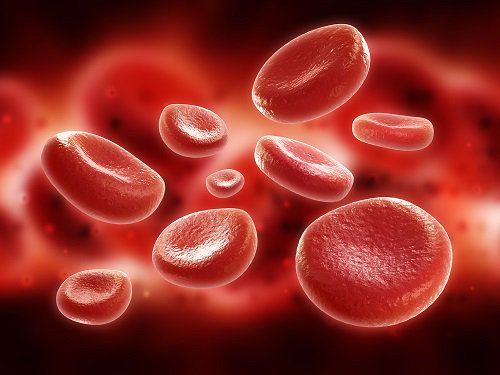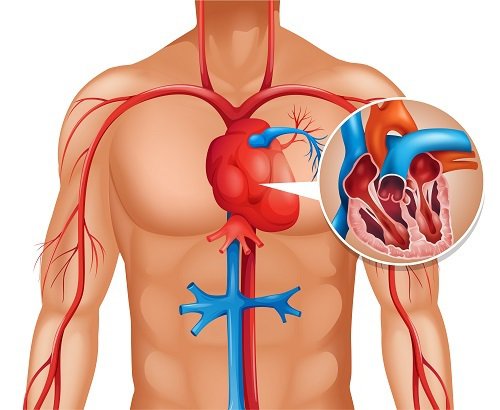Good circulation is important for the correct functioning of the various organs of the body, due to the large amount of blood that must flow through the veins and arteries that are scattered throughout the human anatomy. However, this blood flow may suffer because of certain disorders; here are some signs that may indicate poor blood circulation and how to improve it.

Signs of poor blood circulation
Alterations in circulation can affect people at any age and can have serious consequences on the performance of the brain, liver, kidneys, heart and lower limbs. For that reason, we must be very attentive to the signals our bodies send us in order to avoid future complications.
Tingling feeling:
This feeling usually starts out very mild and then increases in severity. It especially shows up in the legs as a mild sensation which is often ignored, but it indicates that something isn’t right with your blood circulation.
Swollen feet and ankles:

This is normally seen towards the end of the day and is accompanied by a feeling of heaviness in the lower limbs, which is an unequivocal sign that an examination by a medical specialist is required.
Tired legs:
This is a symptom that is always present in those suffering from poor circulation and although it can be alleviated with some therapeutic measures, a medical examination focused on circulation is advisable.
Pain when walking:
This symptom can be confused with joint pain, but it is important to rule out poor circulation as the cause before making assumptions. This discomfort occurs when some time standing or walking is.
Varicose veins or spider veins:
Because of poor circulation, blood accumulates and builds up pressure, causing the veins and blood vessels under the surface of the skin to swell and become visible through the skin of the legs and ankles. You can treat varicose veins with home remedies, but it is best to know the real cause of them.
Physical exhaustion:
When blood flow slows down, the amount of energy and oxygen that are delivered to muscles is restricted, which will cause feelings of general fatigue, often accompanied by muscle pain and shortness of breath.
Reduced cognitive ability:
The brain is an organ that depends largely on blood flow for proper function. A person with poor circulation may have problems with cognitive functions such as concentration and memory, both short- and long-term.
How to improve poor blood circulation

In addition to the primary recommendation of visiting your doctor if you experience these symptoms, you can implement some measures to try to reverse this condition, by following these tips:
- Massage the lower extremities with a cream designed for this purpose, starting from the feet and moving up to the thighs.
- Eat foods that help lower blood pressure, such as fish, spinach, citrus fruits, among others. Foods rich in potassium are highly recommended.
- Reduce alcohol consumption and avoid tobacco.
- Reduce salt intake and replace it with sea salt.
- Exercise daily.
- Elevate your legs after a demanding day on your feet.
- Stay hydrated, preferably by drinking water, about 8 glasses a day.
- Perform exercises with the toes, which will ensure that your circulation begins to improve; it is ideal to do them in the winter to activate blood circulation.
- Improve your diet; this is one of the main causes of problems with poor circulation. Change your method of cooking food by steaming instead of frying, exchanging ingredients for healthy alternatives, avoid fats and incorporate healthy fats.
By following these recommendations, you’ll notice an improvement, but it is always advisable to see a specialist to avoid any future complications.
